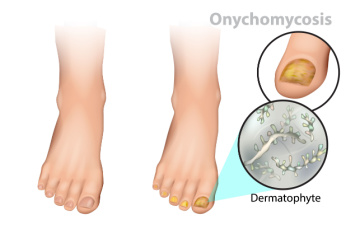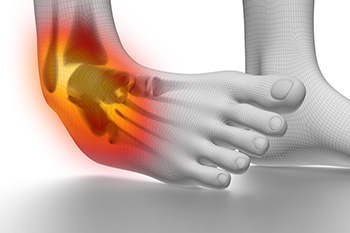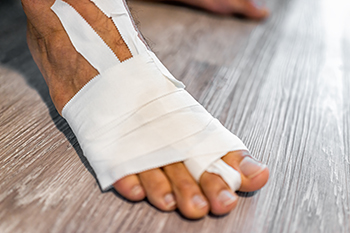
Toenail fungus often develops in distinct stages, progressing gradually if left untreated. Initially, it may appear as a small white or yellow spot under the nail tip. As the infection advances, the nail may thicken and take on a yellowish hue, spreading deeper into the nail bed. Without intervention, the fungus continues its relentless progression, causing the nail to become brittle and crumble at the edges. As the infection worsens, the nail may darken in color, emitting a foul odor, and detachment from the nail bed becomes a possibility. This advanced stage not only affects the appearance of the nail but also brings discomfort and potential complications. Recognizing the signs early on is essential for effective treatment. Consulting a podiatrist for proper diagnosis and guidance is necessary to halt the progression and prevent further damage. If you notice toenail fungus developing, it is suggested that you visit a podiatrist who can prescribe medication for a complete healing.
If left untreated, toenail fungus may spread to other toenails, skin, or even fingernails. If you suspect you have toenail fungus it is important to seek treatment right away. For more information about treatment, contact one of our doctors of New England Foot & Ankle . Our doctors can provide the care you need to keep you pain-free and on your feet.
Symptoms
- Warped or oddly shaped nails
- Yellowish nails
- Loose/separated nail
- Buildup of bits and pieces of nail fragments under the nail
- Brittle, broken, thickened nail
Treatment
If self-care strategies and over-the-counter medications does not help your fungus, your podiatrist may give you a prescription drug instead. Even if you find relief from your toenail fungus symptoms, you may experience a repeat infection in the future.
Prevention
In order to prevent getting toenail fungus in the future, you should always make sure to wash your feet with soap and water. After washing, it is important to dry your feet thoroughly especially in between the toes. When trimming your toenails, be sure to trim straight across instead of in a rounded shape. It is crucial not to cover up discolored nails with nail polish because that will prevent your nail from being able to “breathe”.
In some cases, surgical procedure may be needed to remove the toenail fungus. Consult with your podiatrist about the best treatment options for your case of toenail fungus.
If you have any questions, please feel free to contact our offices located in Wakefield, MA, Nashua and Derry, NH . We offer the newest diagnostic and treatment technologies for all your foot care needs.
 Severe ankle sprains
Severe ankle sprains Turf toe
Turf toe


